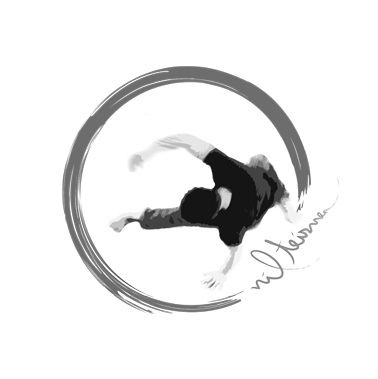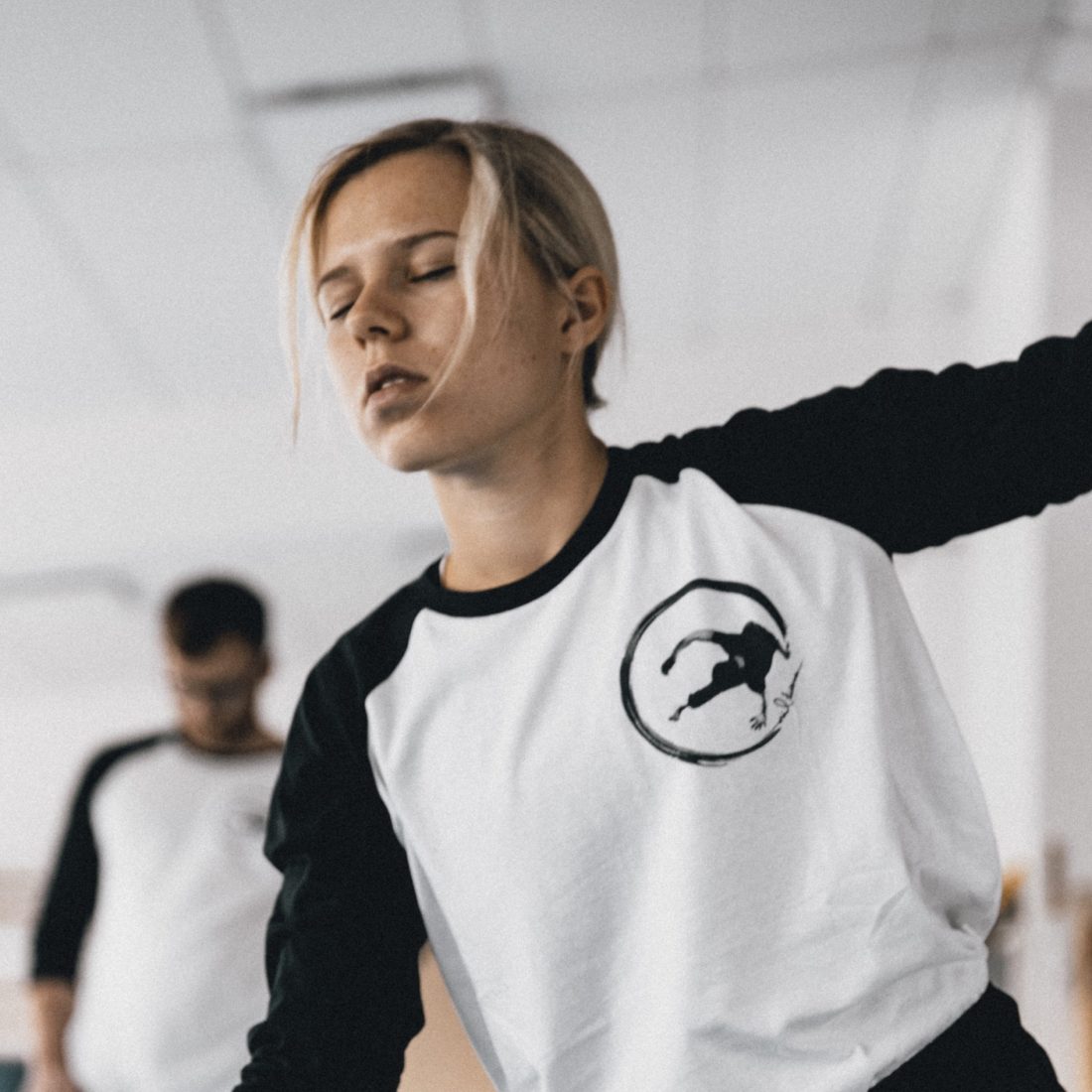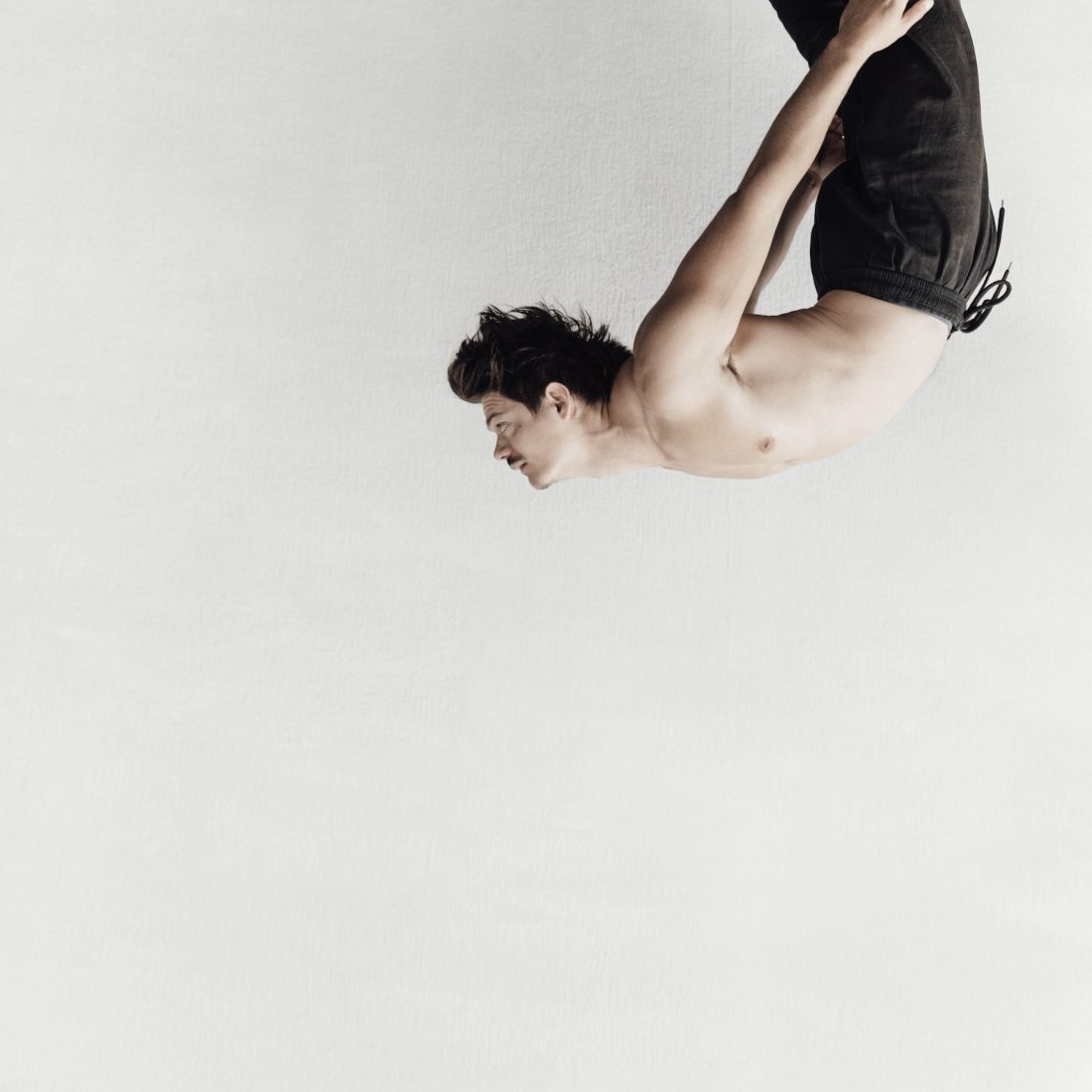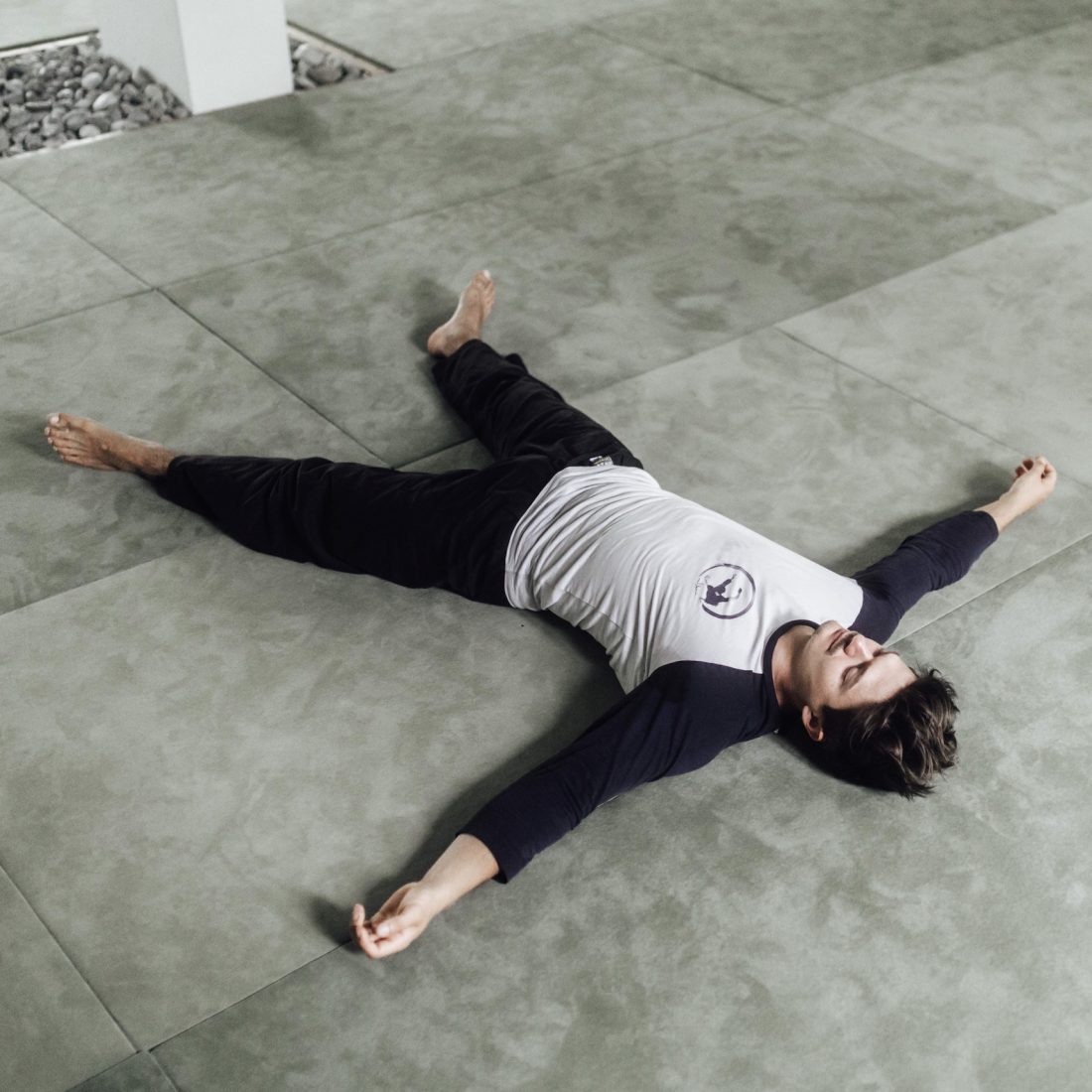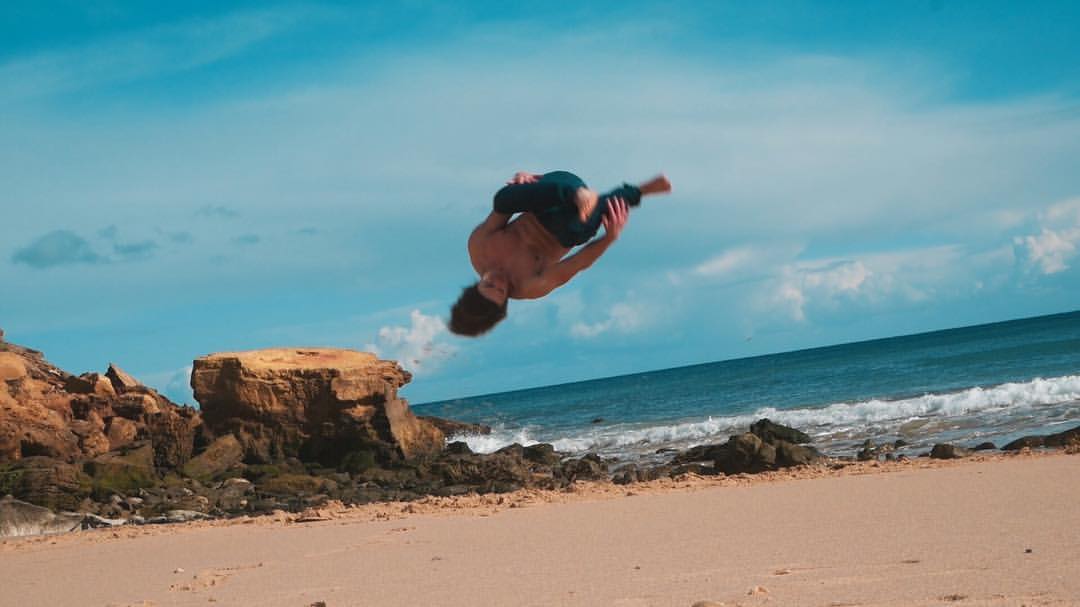Intuitive Movement Collection
Over the last years I have spent a considerable amount of time researching and studying different forms of intuitive movement and how we can find healing and authenticity while doing so. In this post I share a collection of exercises that could help tapping into your physical intuition.
Kneading the dough.
Knead yourself into suppleness.
Work the floor and massage yourself.
Bring every cell and fiber of yourself to live and sooth your mind.
Or something like that. Just try it.
Play your favorite song and get going.
Kneadingly,
Nil
A Physical Practice of Letting Go
In this Video I want to present to you something I call „a physical practice of letting go“.
It is an open exercise without a clear goal.
The Intention is to physically and through that also mentally let go. What you let go you will find out hopefully. You can also set an intention what you want to let go.
I use shaking, clapping, my voice, music and my breath to facilitate that letting go experience.
When you try this, please see for yourself what feels good and what enhances this feeling for you.
After this practice I highly recommend to sit/stand/lie still for a few minutes.
Try to feel the resonance of the exercise and observe yourself without judging.
Are there any feelings, sensations, emotions, thoughts arising?
Don’t focus too much on them, let them come and go.
And then you continue with your day.
An Intuitive Approach to Movement, Wellbeing and Mobility
In this video I present to you a personal take on approaching Movement, Wellbeing and Mobility from an intuitive standpoint.
While I absolutely see the value of learning techniques/patterns (squats, lunges, kossacks, just to name three out of probably hundreds of thousands of named patterns) I also see the lack of awareness of individual needs.
When I ask students to warmup for themselves or approach tightness in their bodies I usually see them automatically using fixed patterns that they have learned before and done many times already INSTEAD of firstly sensing how the body feels in that moment and what it could need right now.
Through this video I want to offer a simple approach that relies more on FEELING your body first and moving in a way that actually takes your individuality into consideration.
When and how you use this information is up to you.
I propose this makes a very good morning routine, warmup, routine for when you feel tight and achy, ..
One-squaremeter-suppleness
Not much room nor equipment needed for some basic body check/maintenance.
What looks like some weird dance is actually my preferred way of doing non-specific-whole-body-out-of-alignment-3D-organic-multiangular-mobility-strengthening-conditioning!
Put one one or two nice songs and get moving – the feels afterwards and whilst doing are worth the weird looks you get.
